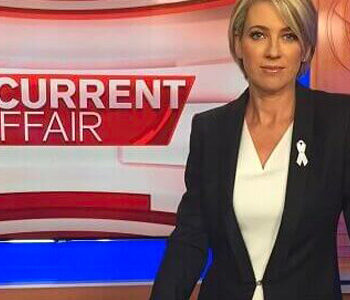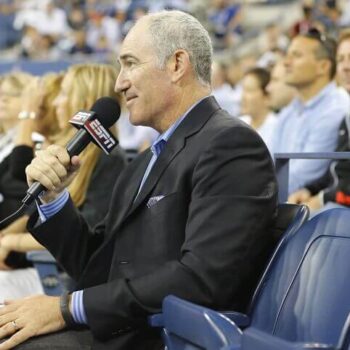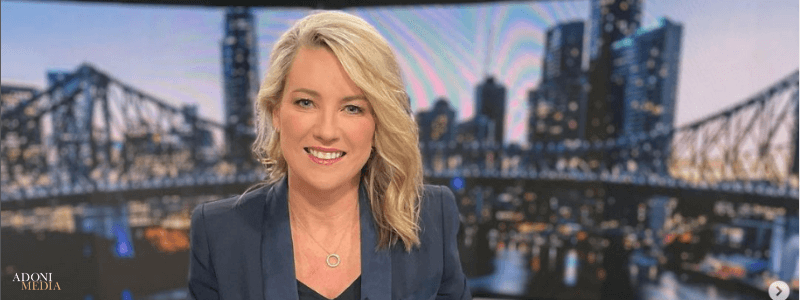
What to wear for a TV interview
In today’s technological world, visuals are everything. So, you may need to be ready to appear on camera at any time. This includes knowing what to wear for a tv interview.
If your story has been picked up and you’ve been asked for an interview, you need to be able to dress appropriately for your audience.
How you’re viewed on camera has an impact on how the public perceives you and the organisation you’re representing. It can also be a good opportunity to show off your brand to the public.
To make sure your viewers are actively listening to your message, you need to appear professional and confident on camera.
Nowadays, high-definition cameras pick up any minuscule detail. This means that whatever you wear on TV sends a message to your viewers, which can either be good or bad.
Here are 4 tips on what to wear for a TV interview:
1. Keep it simple

Keeping your outfit simple will make you look more professional. So, wear a well-cut, classically styled jacket with tailored clothes underneath that don’t appear baggy. You should wear something you feel comfortable in. This will help you look at ease and confident on camera.
Avoid wearing patterns and choose a solid-coloured shirt, unless you’re a fashion designer – this is where you show off your style and brand. For females, dresses should always cover your shoulders with a high-scoop neckline and avoid large jewellery and earrings.
These might interfere with the microphone and can be really distracting for viewers, also try to not wear white dresses or jackets.
For males, ties are optional and depend on the organisation you’re representing. Ties need to be hanging straight and make sure the knot is right at the top. If the tie’s askew, you might give off the impression of being unprofessional and that you don’t really care about your organisation.
2. Dress for your audience
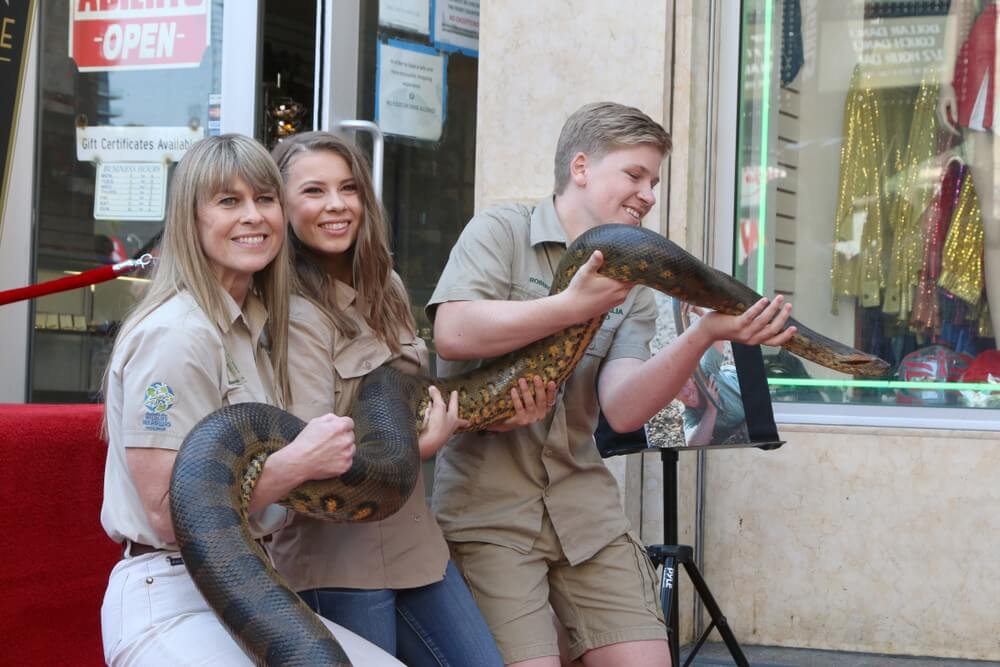
The Irwin family posing in front of Steve’s star on the Hollywood Walk of Fame. Editorial credit: Kathy Hutchins
It’s important to dress for your audience that will be watching your TV interview. For instance, if your viewers are young, don’t wear a suit. Research the TV organisation that’s interviewing so you know exactly who your target audience is.
If you’re representing a non-for-profit organisation or something that’s very casual, it makes sense to wear a T-shirt with your logo on it. It also makes sense to wear something that is on-brand for your organisation.
If your organisation saves wildlife and are showing off animals during the interview, it is appropriate to wear a khaki outfit or what you usually wear for work, like what the Irwin family wear.
Also consider if it will be a night-time interview or if it will take place in the early morning. Maybe ask the organisation what attire is acceptable and what’s not. That way knowing what you need to wear in advance, is made easier.
3. Know your surroundings
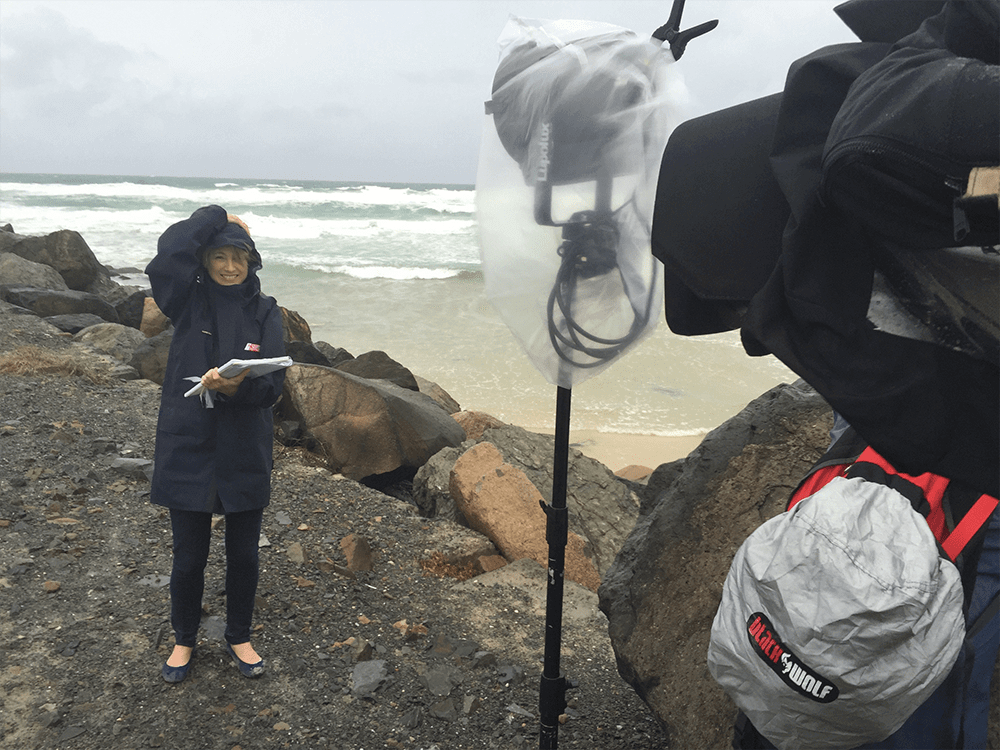
If you’re being interviewed outdoors, it’s best to know your surroundings so you can plan for the unexpected. If you’re exposed to the elements you need to dress for the climate. You don’t want to be seen shivering or sweating during your interview.
Use hairspray to keep your hair in place if it becomes windy. However, if you’re interviewing in a studio, that won’t be as necessary, but keep it in mind as you’ll never know what will happen. You’ll need to be aware of the lighting they will use when applying your makeup. There won’t always be a make-up artist that will attend to you, so apply your own makeup and keep it subtle with no glossy lip gloss.
The less shiny the better, so remember to apply powder to your face. Even men sometimes need makeup to avoid appearing shiny on camera. So, don’t turn down the opportunity as you may regret it later. Find out if you’ll be standing or sitting.
You could be seated behind a desk, stool or couch. Research what the host usually wears and what shots are used during the segment. For instance, maybe only your top-half will be seen on camera. If you’re seated, your socks might be visible, so if they’re brightly coloured or too short, your audience will become distracted with your feet instead of your message.
4. Colour is important
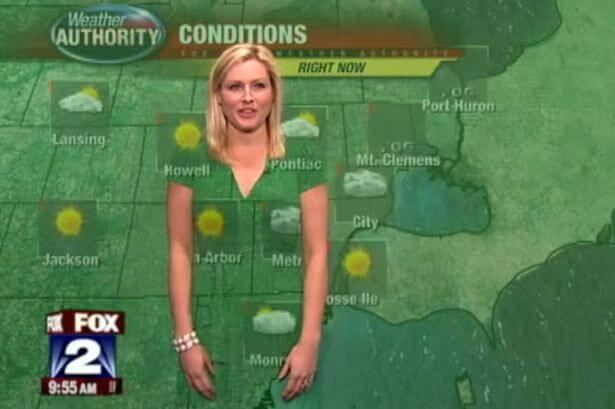
Fox 2 weather girl wearing green in front of green screen. Image source: Fox 2 News
Colour really matters when being viewed on television. Get to know what colours work for your skin tone. You don’t want to wear pale colour clothes that make you appear to look washed out. You also need to consider the studio backdrop as well.
Be aware of green and blue screens in studios, so don’t wear any items of clothing that match these backdrops or else your body might disappear!
Every colour always has a certain meaning behind it. For instance, dark colours show strength, authority and power, whereas green represents peace. Red makes you appear to be strong and assertive and blue gives off a calm and neutral vibe.
Knowing how to dress for TV interviews can really set how you and your organisation are perceived by the public, so dress appropriately.
These tips and more are covered in our media training sessions. If you would like to know more, contact us
